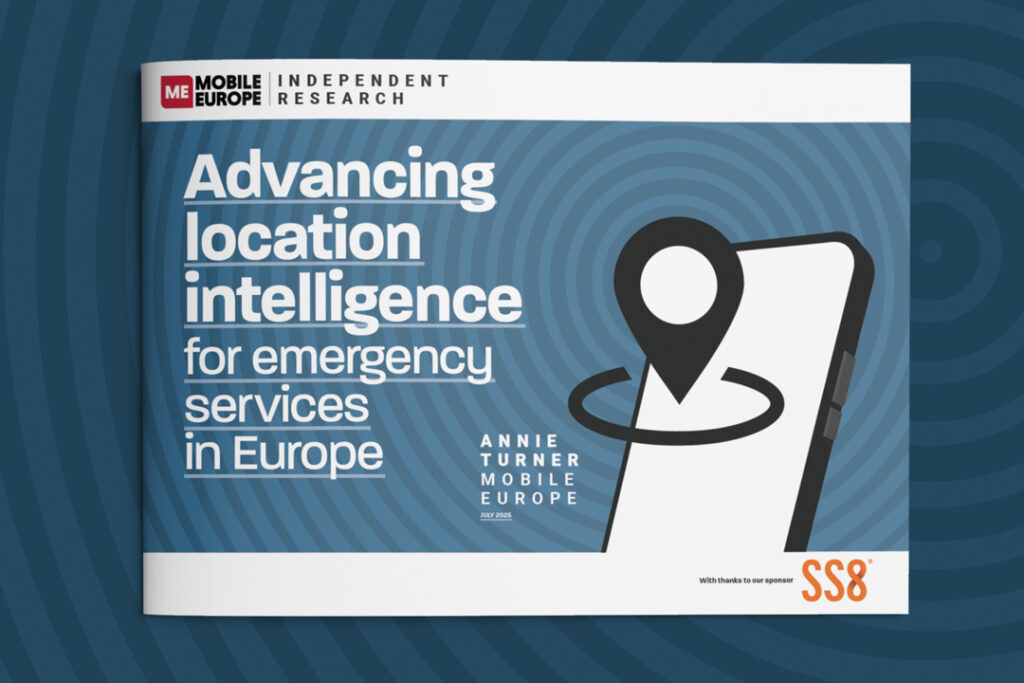The German watchdog is assessing operators’ excuses regarding committments from the 2019 spectrum auction
Bundesnetzagentur (BNetzA), Germany’s telecoms regulator, announced it has received progress reports from Telefónica Germany, Telekom Deutschland, Vodafone Germany and 1&1 Mobilfunk concerning coverage obligations from the 2019 auction.
It has been reported that the operators could be fined up to €50,000 per location. The regulator has made known its frustration at the slow progress in some places, and especially areas of no coverage.The last official bulletin was in October last year [here, in German].
Klaus Müller, President of BNetzA, said in a statement: “We are checking the reports very closely and will also be conducting measurements in the field to determine whether the coverage notified is actually available. If the coverage requirements have not been met, we will impose any sanctions at our disposal”.
The statement also noted that in recent months the network operators have made “noticeable efforts to meet the obligations, and significant improvements in mobile broadband coverage have been reported”.
In some locations temporary mobile sites have been erected which will be replaced by mobile masts in future, some gaps or white spots remain.
Operators’ versions
According to their own statements, Telefónica, Telekom and Vodafone have met the requirement to provide coverage of at least 100 Mbps to 98% of households in each federal state and 100 Mbps coverage for nearly all transport routes in compliance with the requirement.
Also, the obligation to implement 1,000 5G base stations was largely fulfilled.
In addition to checking the operators’ stated coverage progress, BNetA will also assess the reasons given for failing to meet obligations, as coverage is lacking in some locations, notably on transport routes and especially in tunnels, with the operators claiming it was not possible to meet the deadline due to a combination of:
• outstanding approvals
• the necessary inclusion of third parties
• public resistance to mobile sites or
• nature conservation concerns at odds with the expansion of mobile coverage.
Newbie in trouble too
The new entrant, 1&1 managed to activate a 5G mobile network for use by the public by December 2022, as per its obligations, but did not have 1,000 5G base stations into operation by the deadline. 1&1 has explained this failure, the BNetzA said, and that it intends to meet the objective this year.
The reckoning
In 2022, the radio monitoring and inspection service already conducted random checks on the network operators’ mobile coverage in an area totalling around 15,000 square kilometres and a driving distance of around 50,000 kilometres. Measurements of mobile coverage were also made along both directions of the A7 motorway totalling around 2,000 kilometres.
The review is due to be completed in March. There is skepticism about whether in fact the regulator will hand out fines, given all the bluster when O2 failed to meet its obligations after the 2015 licence awards came to naught –its bark was worse than its bite. Still, that was then and this is now, with a different President at the helm.



